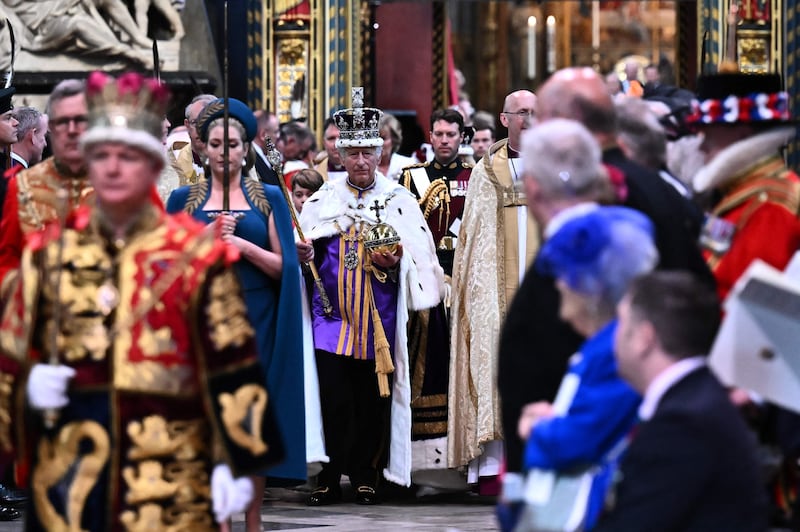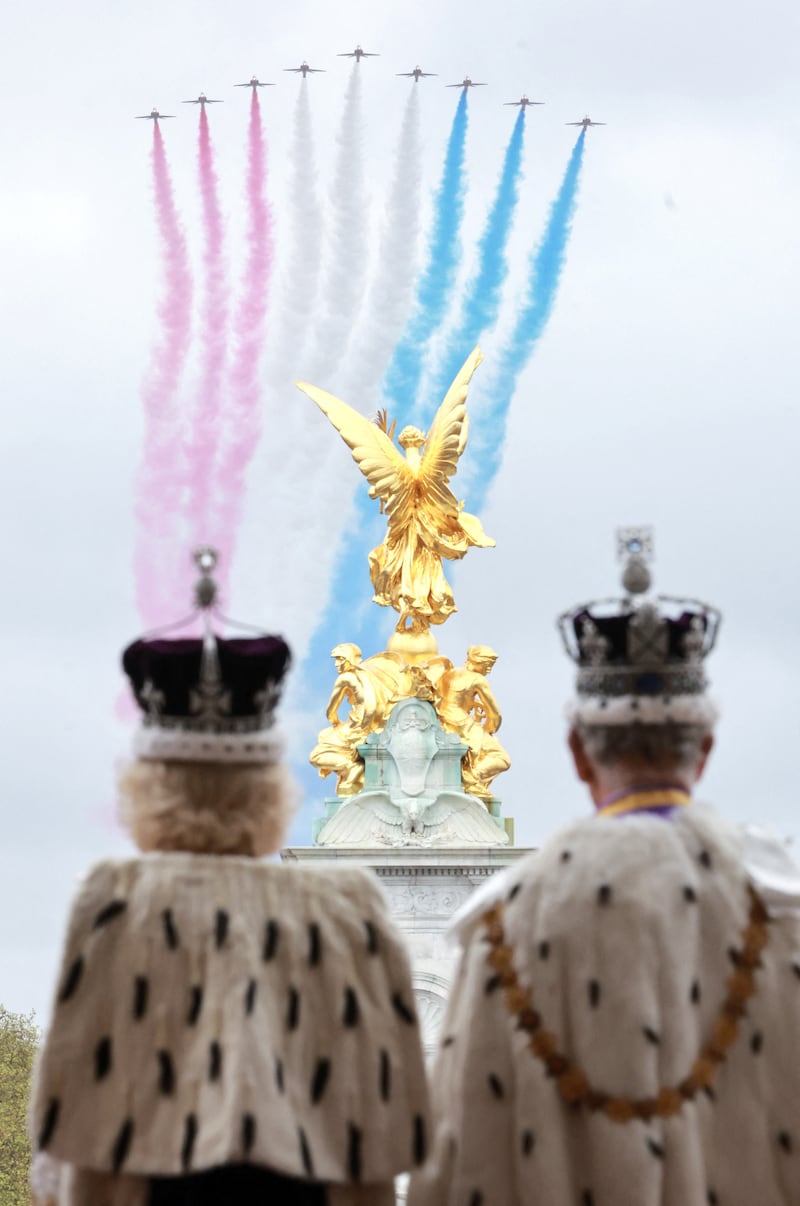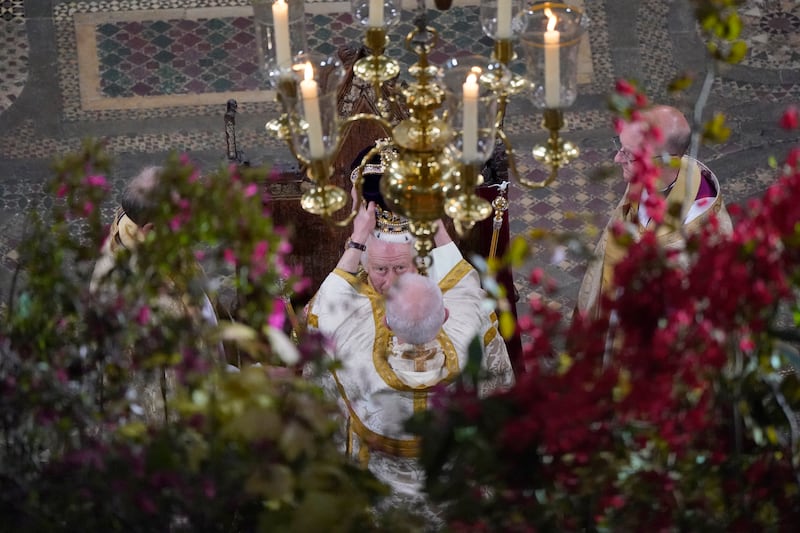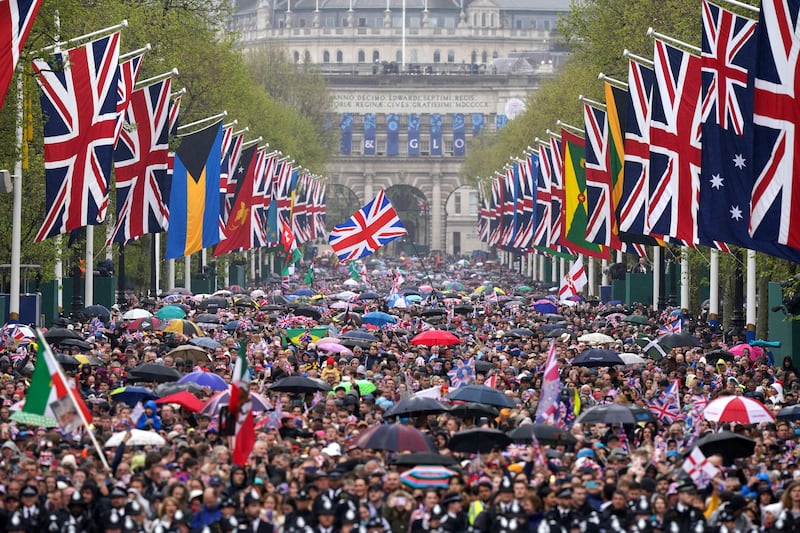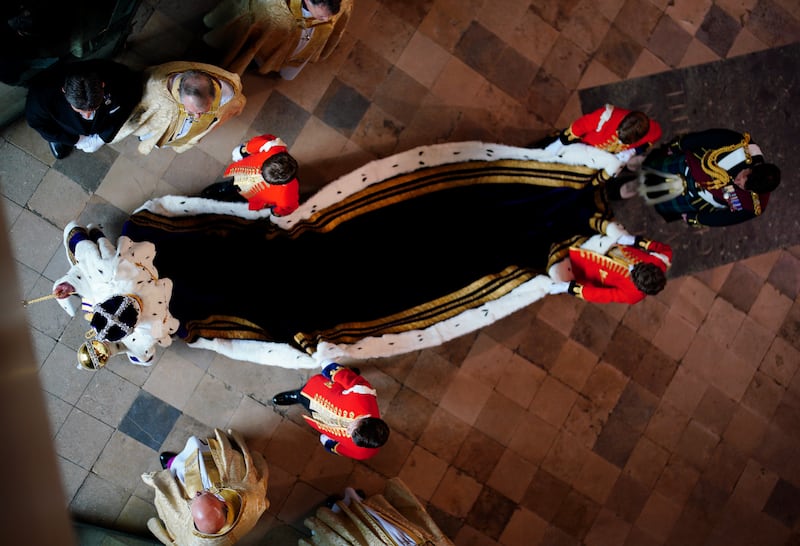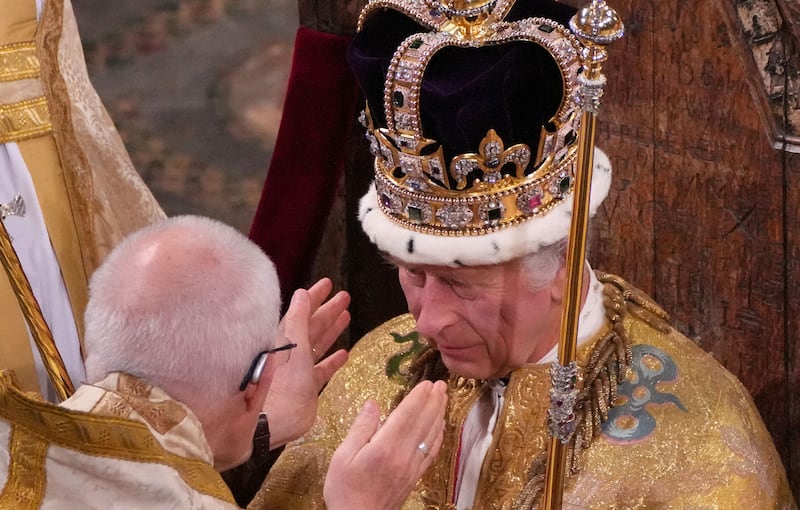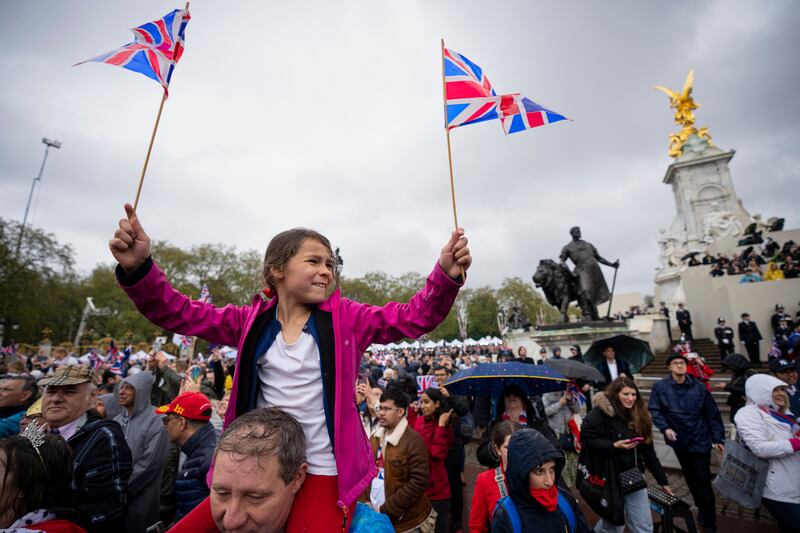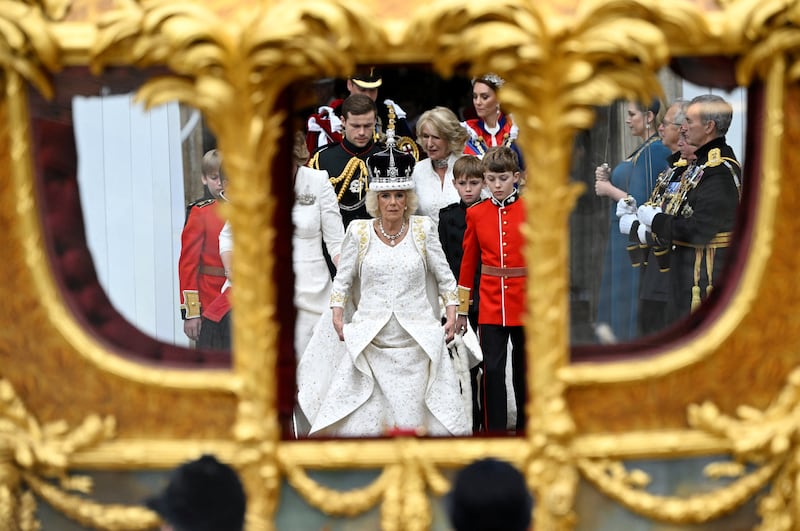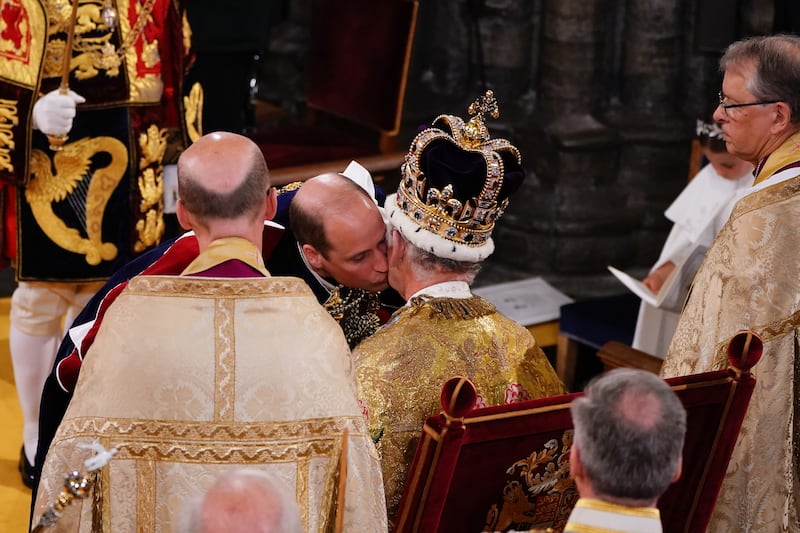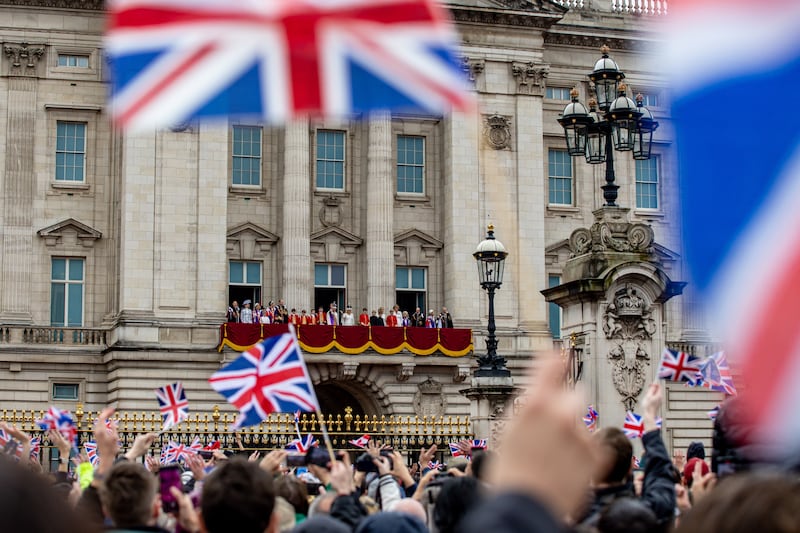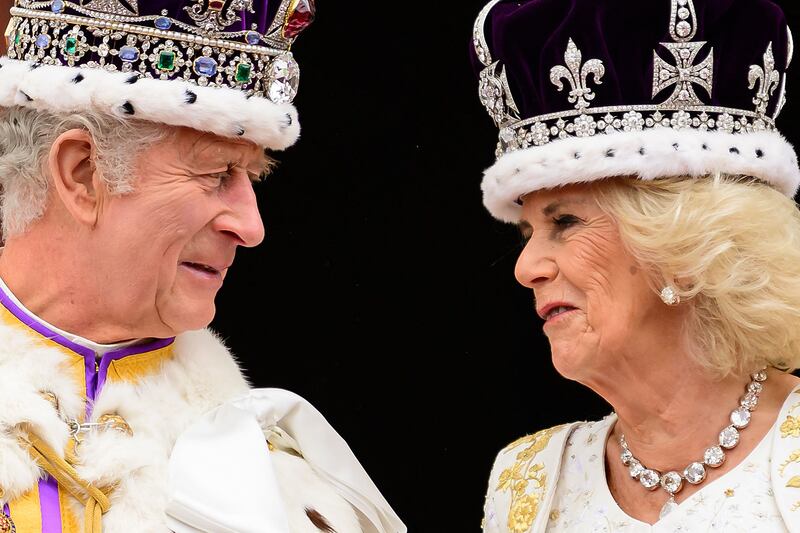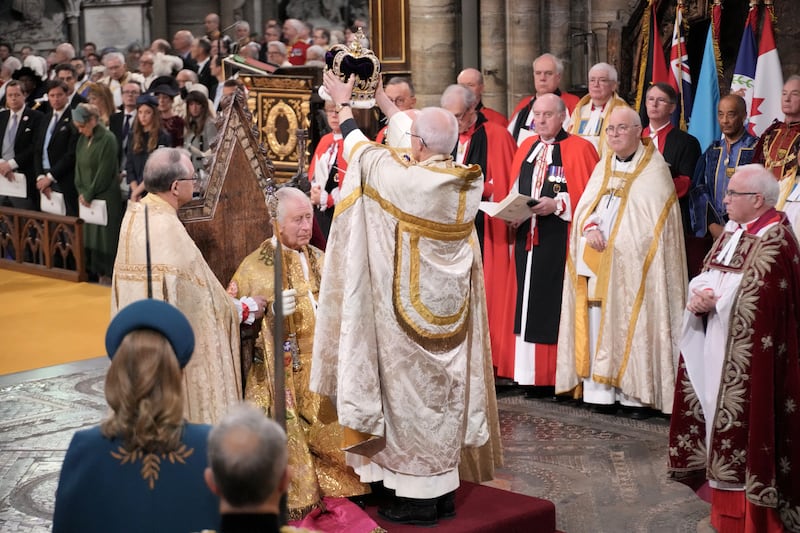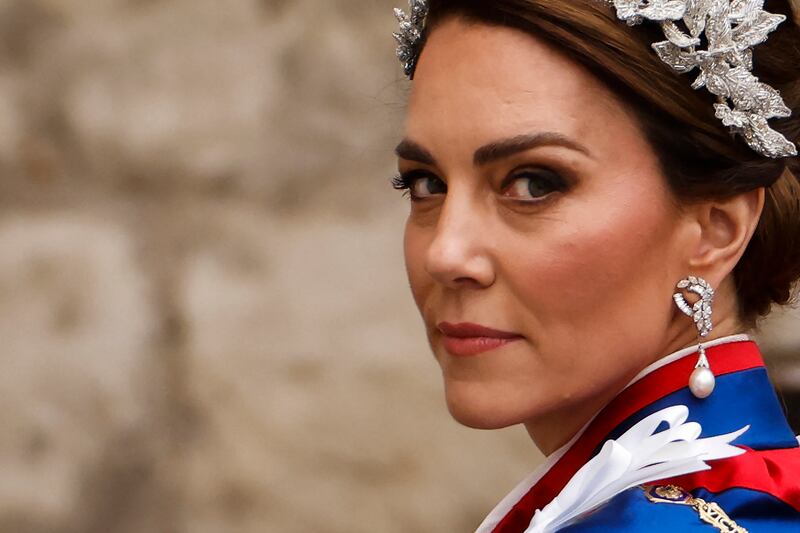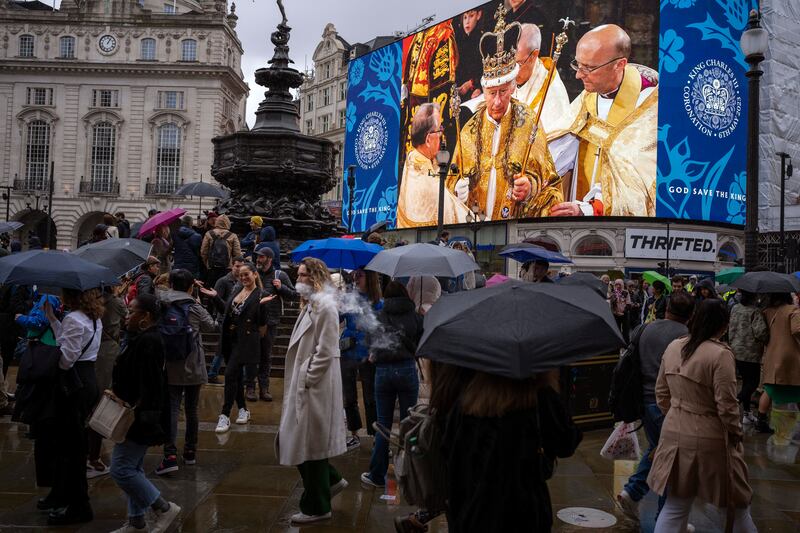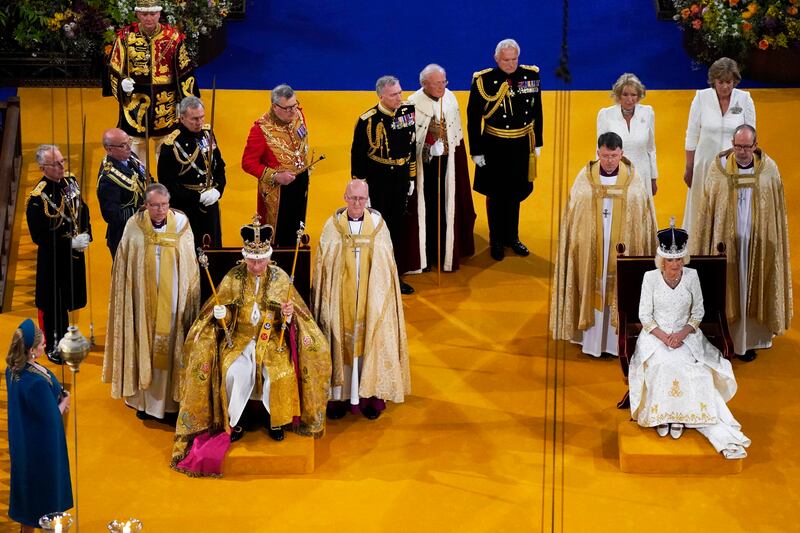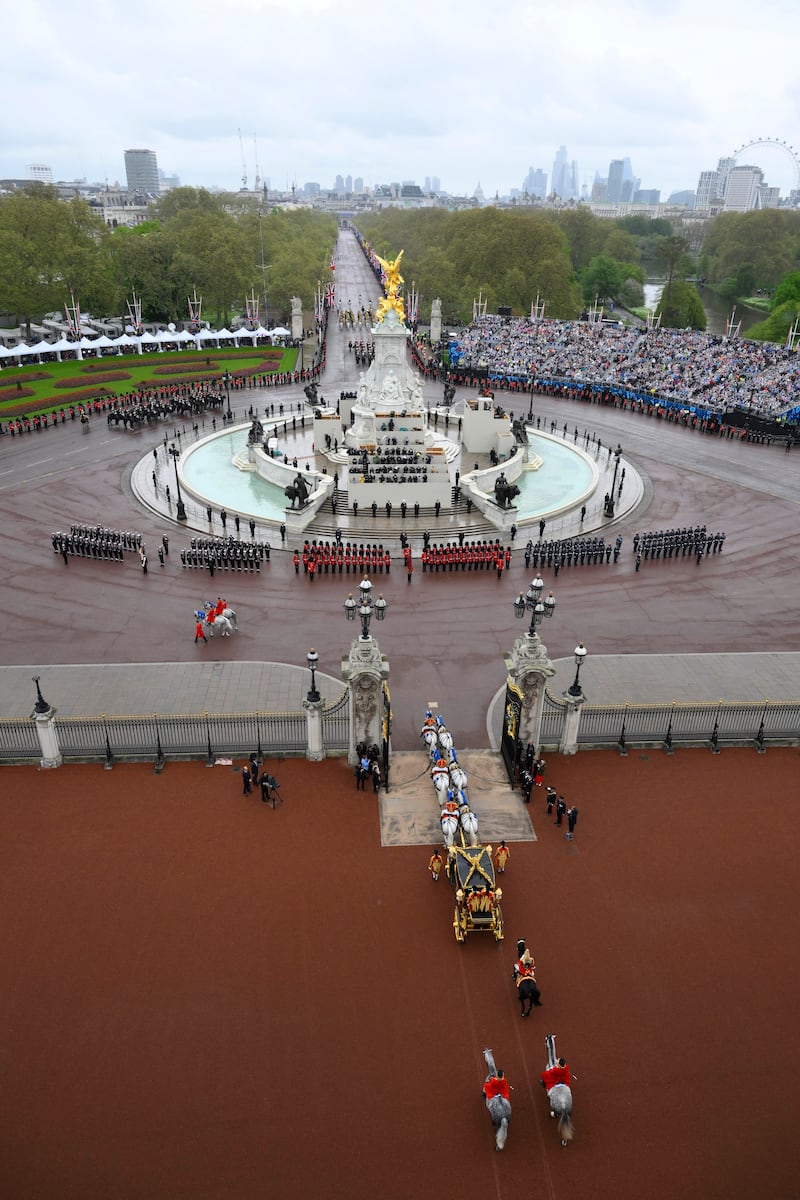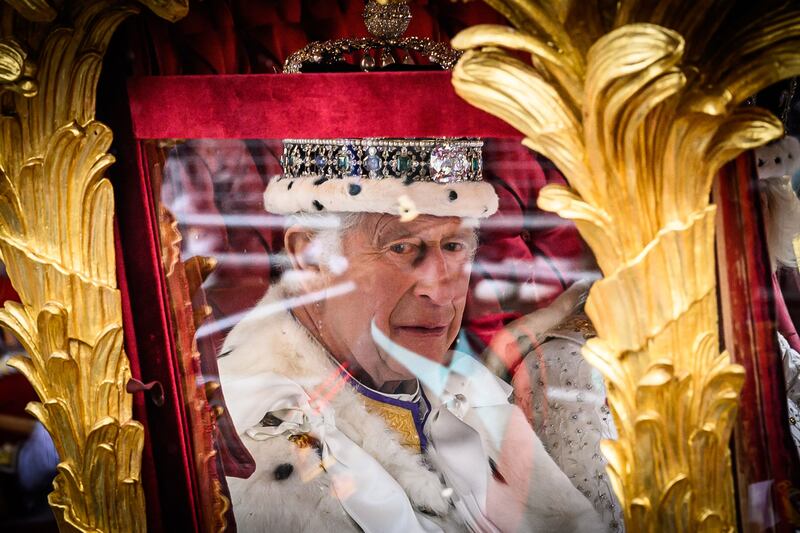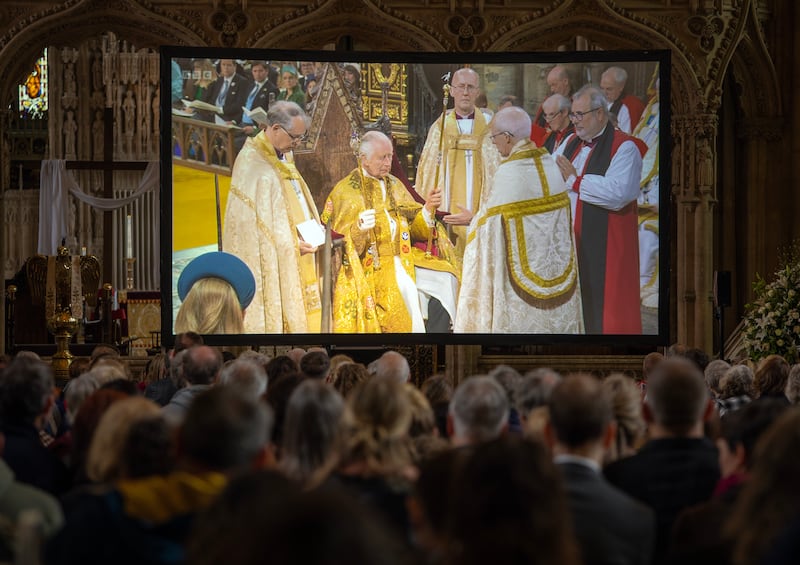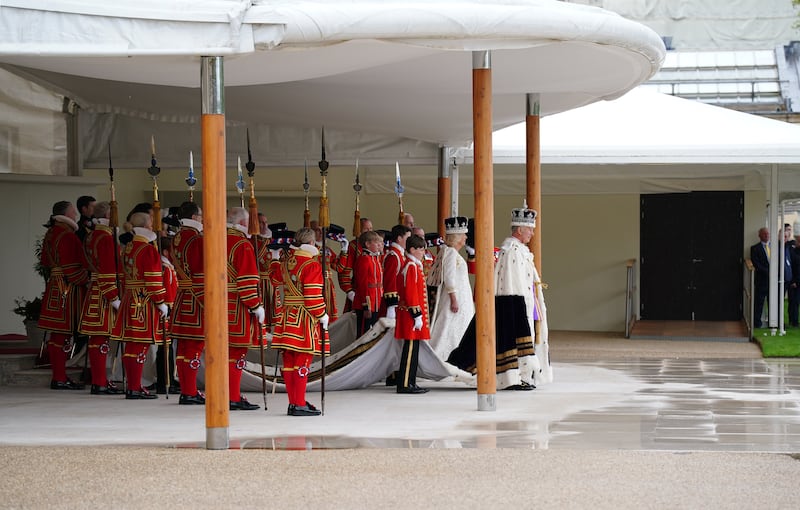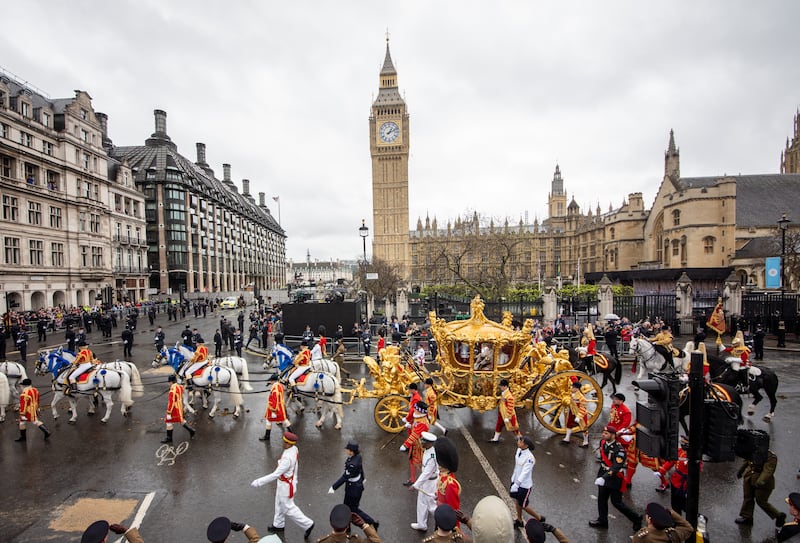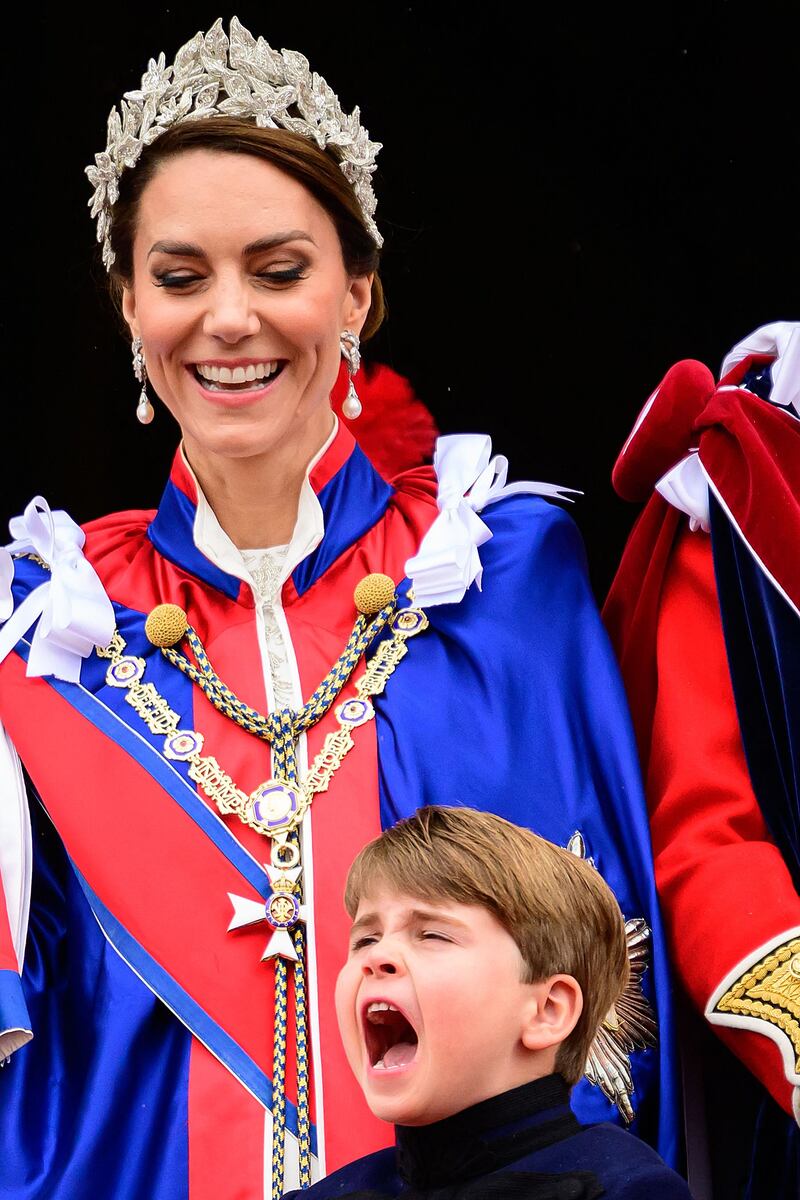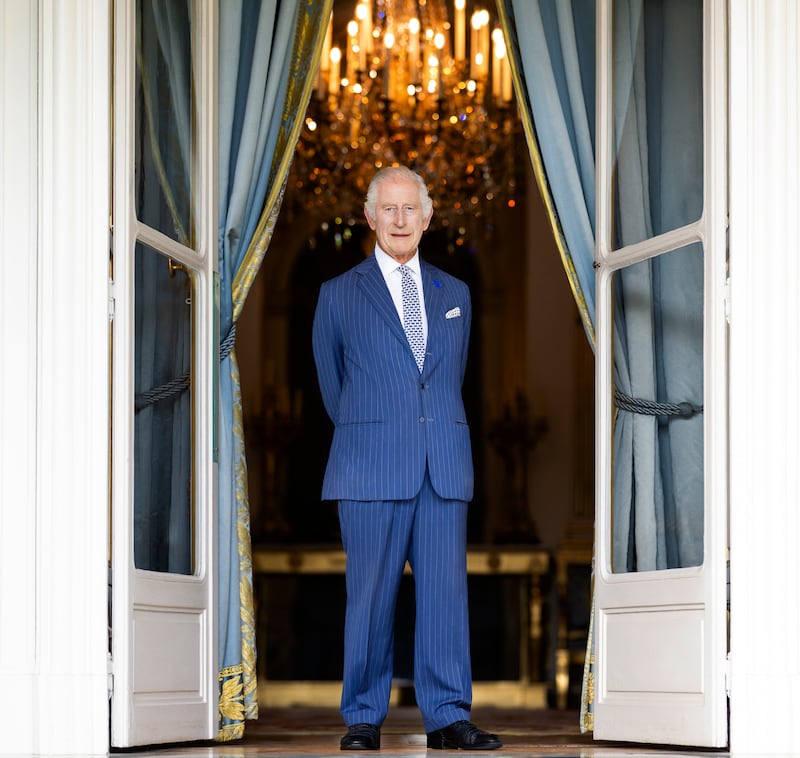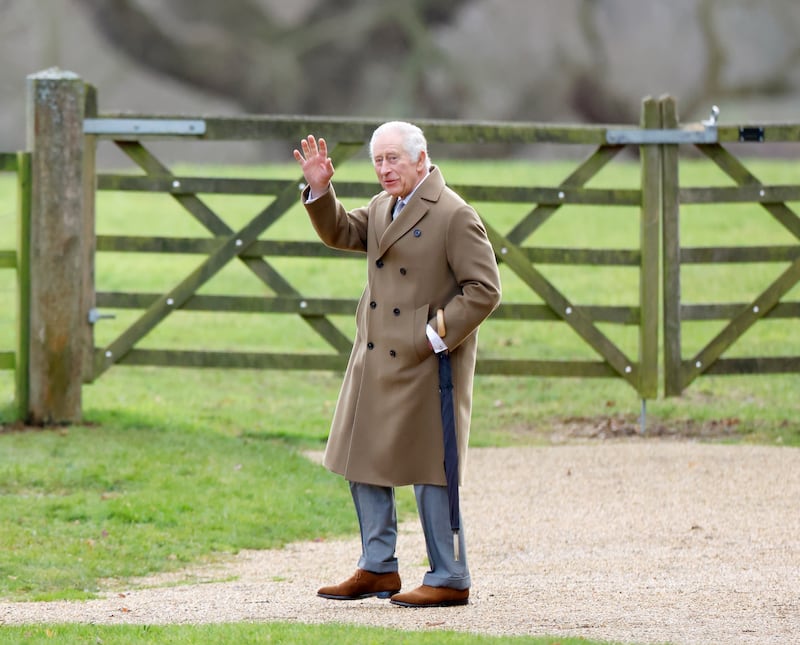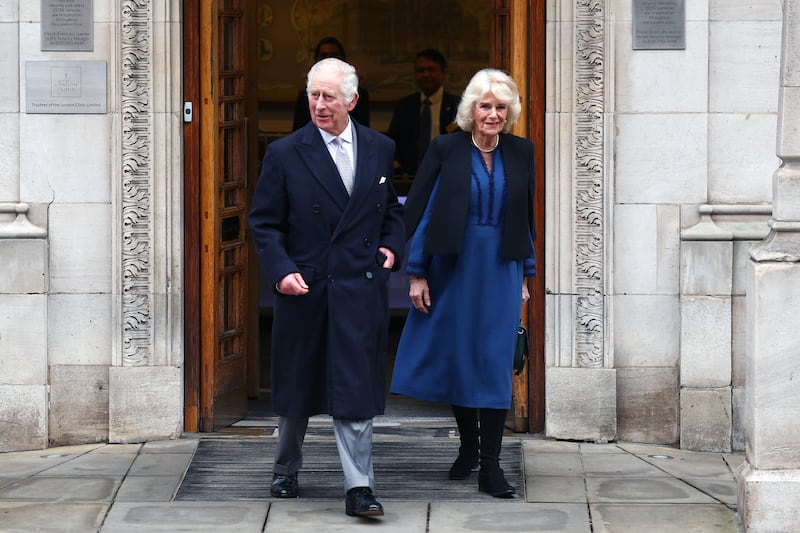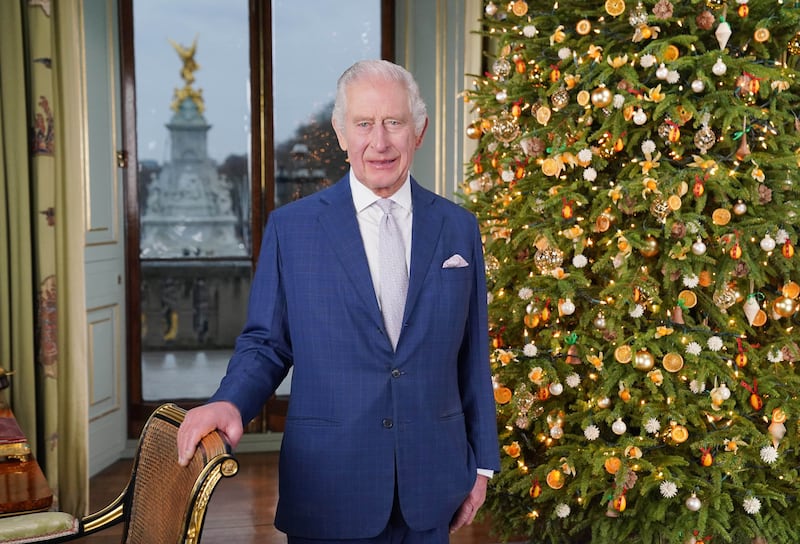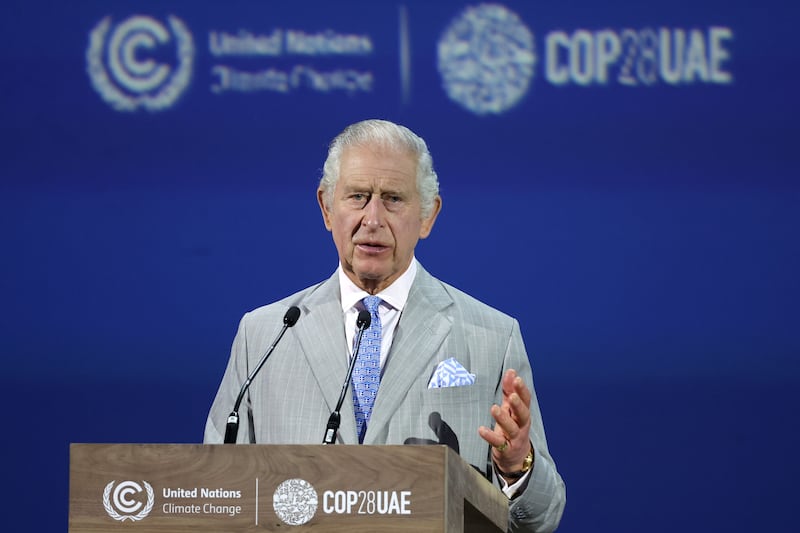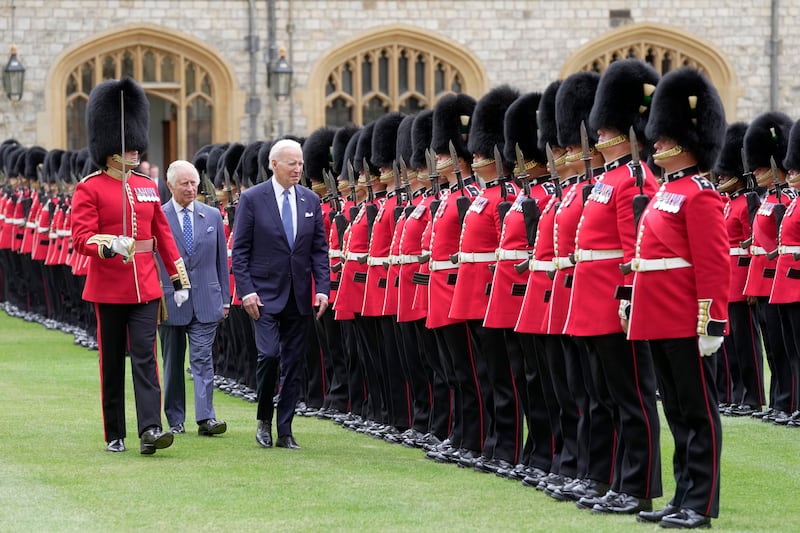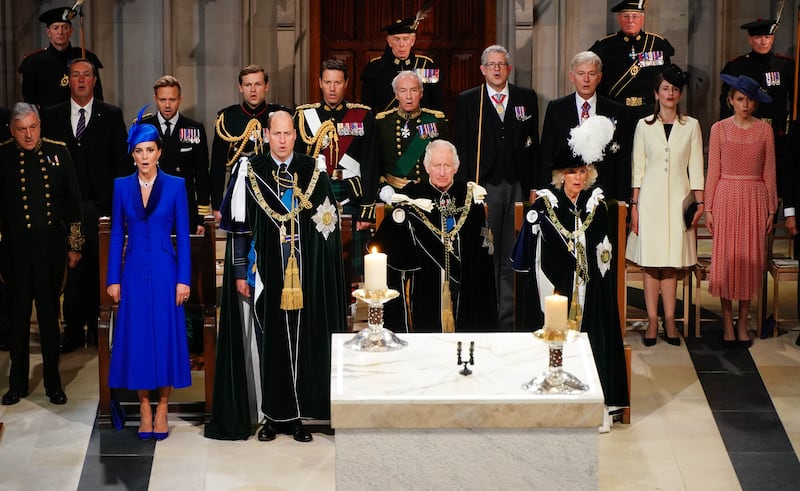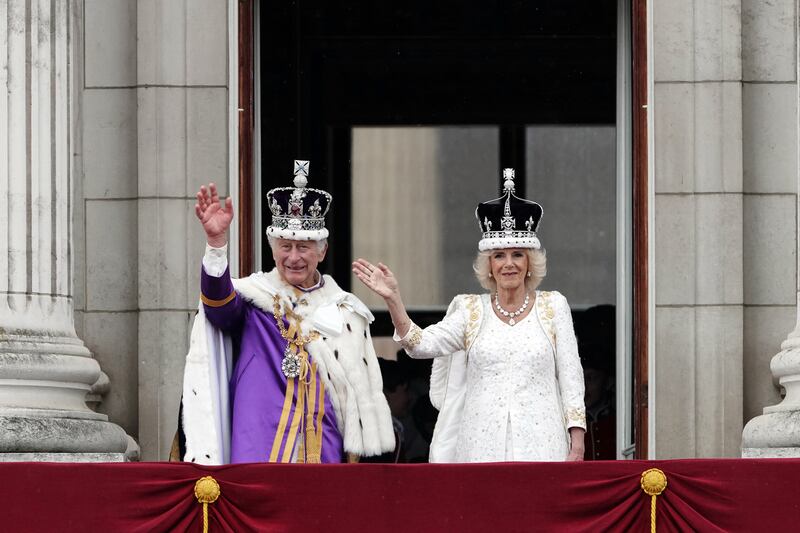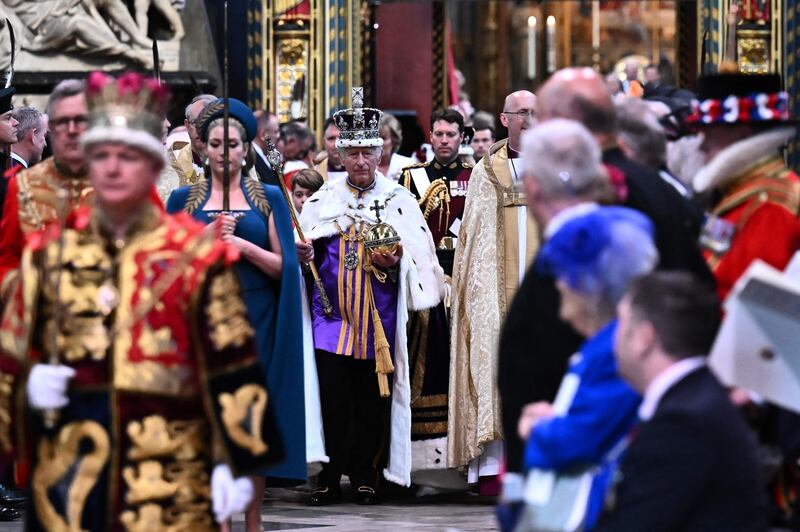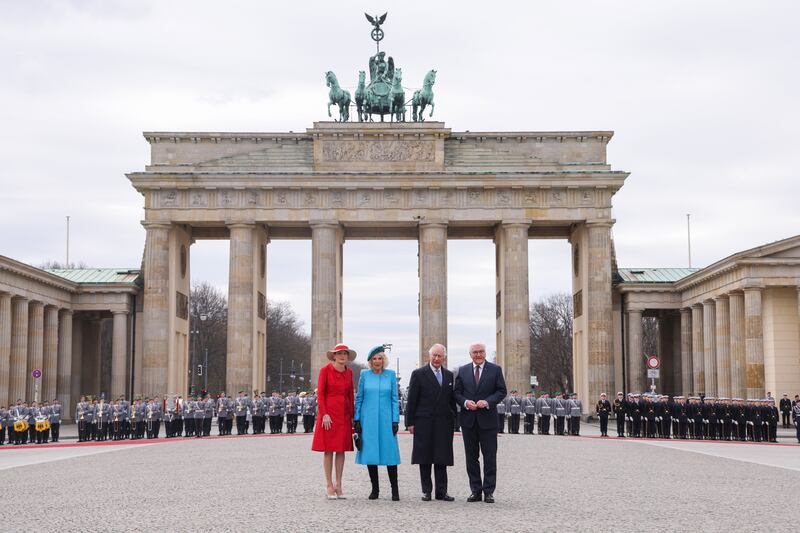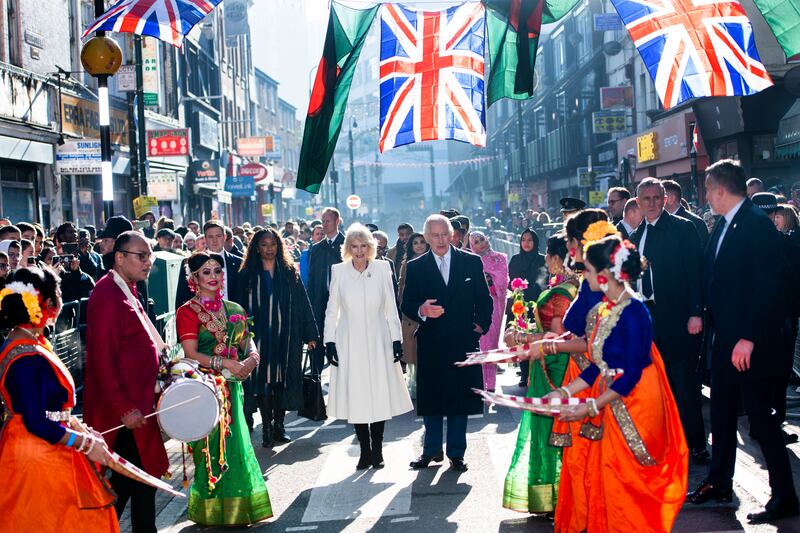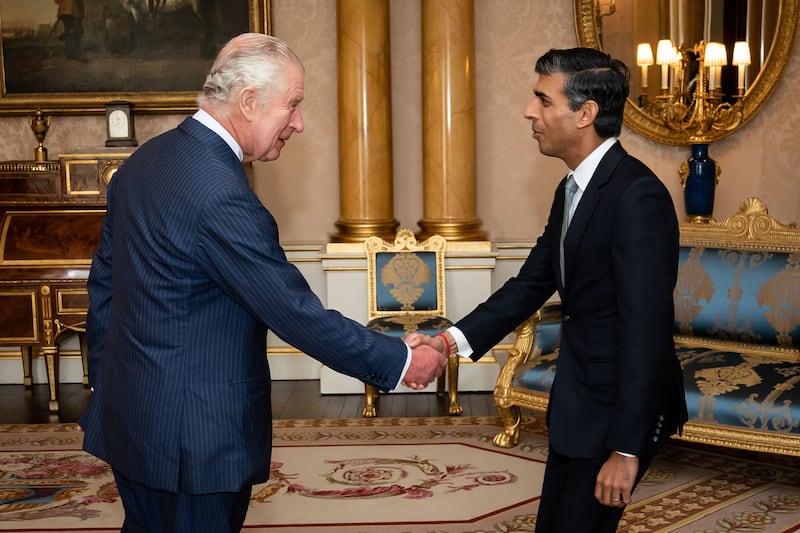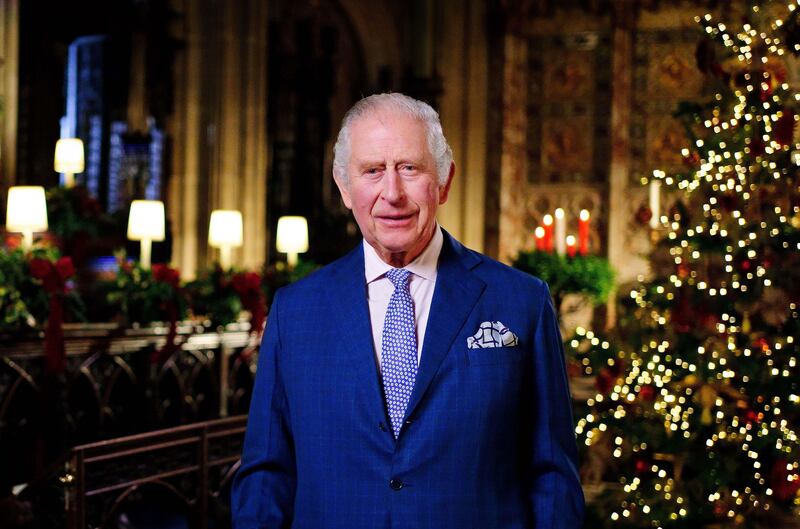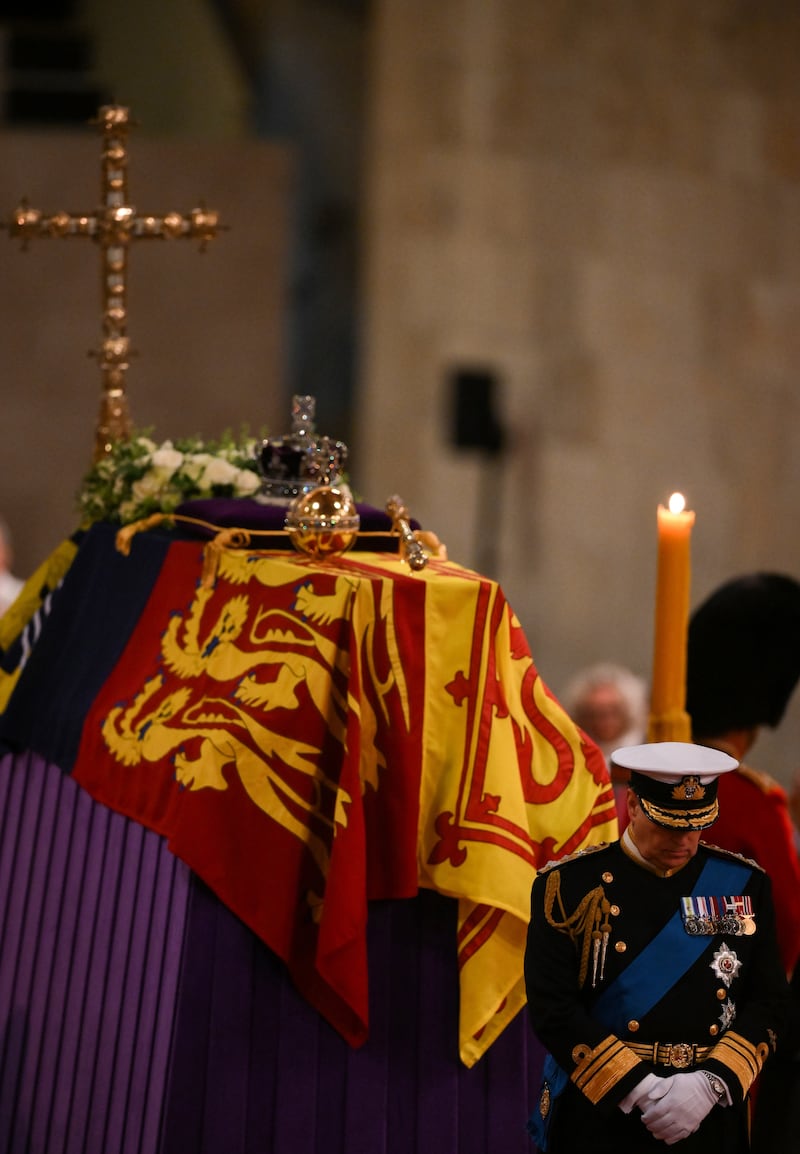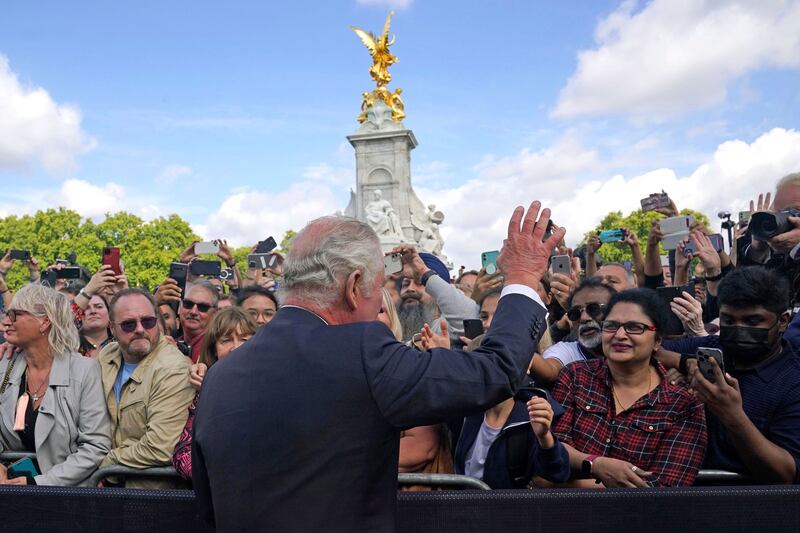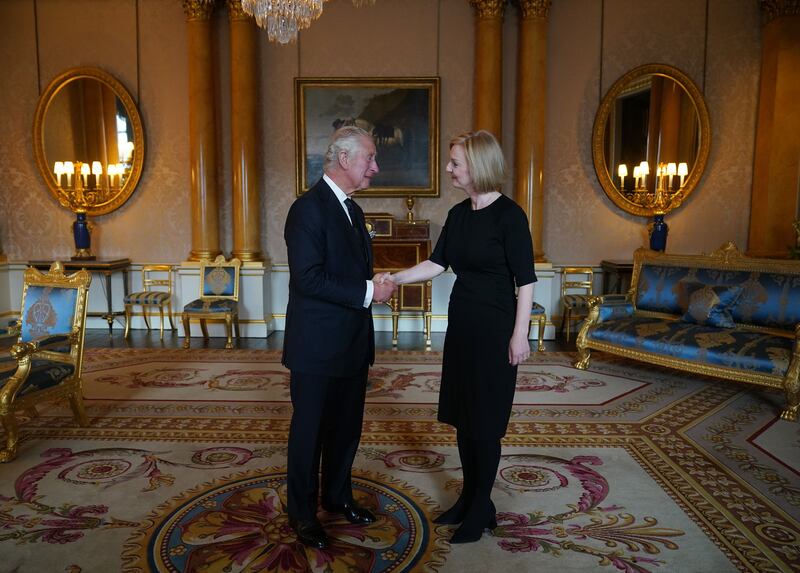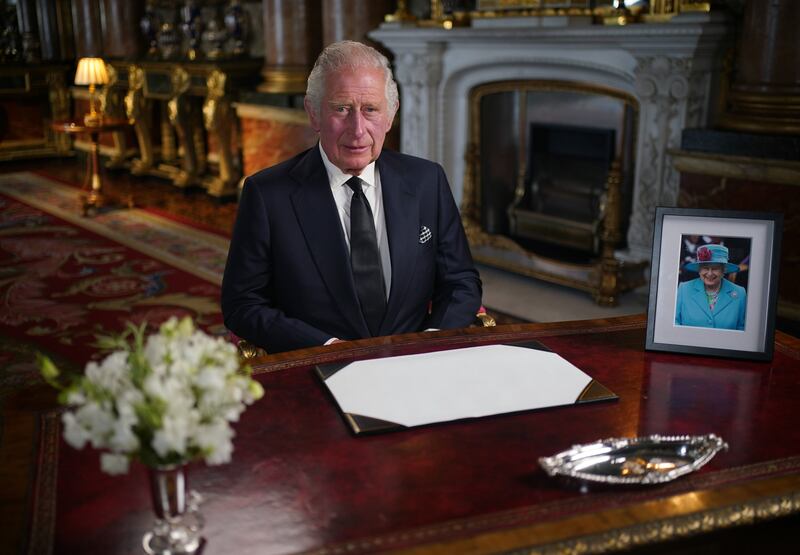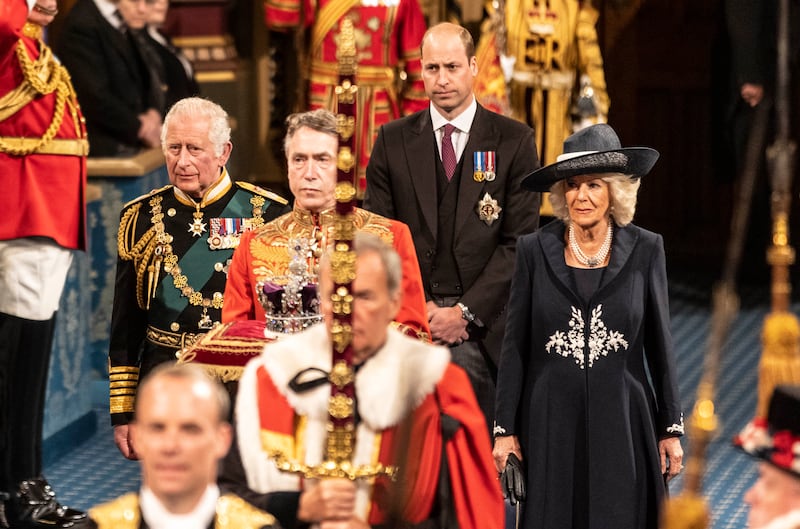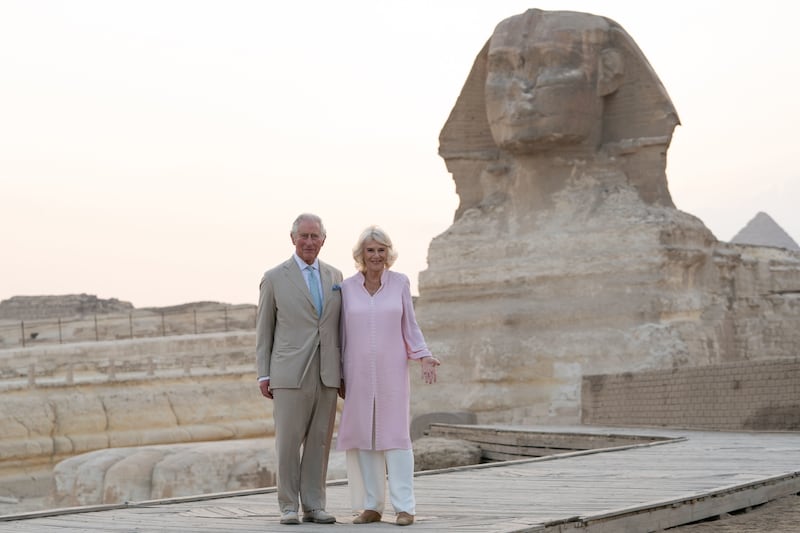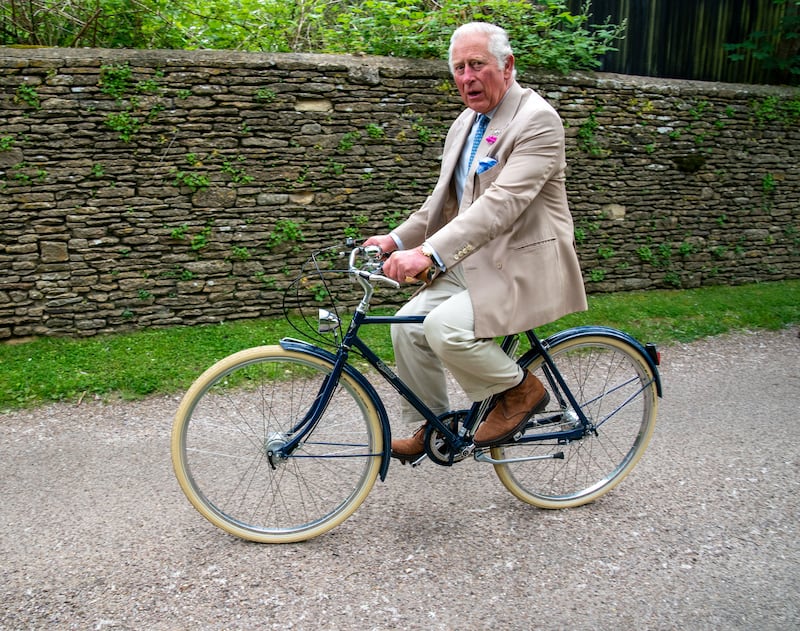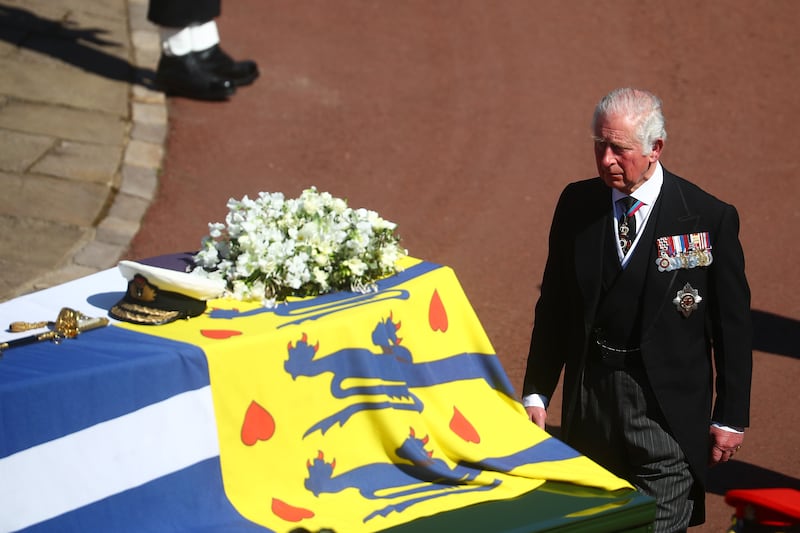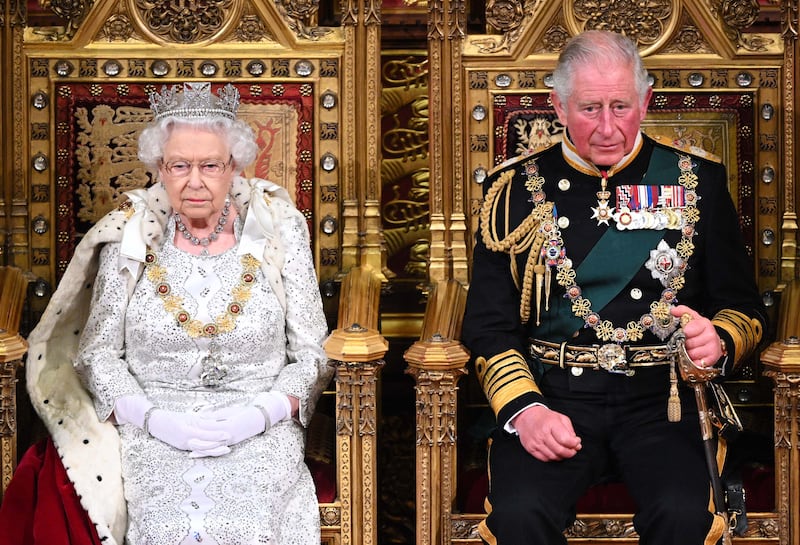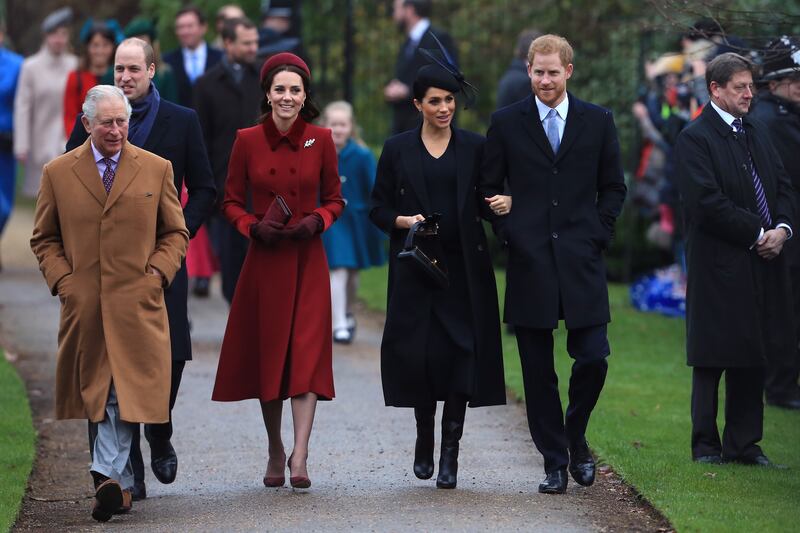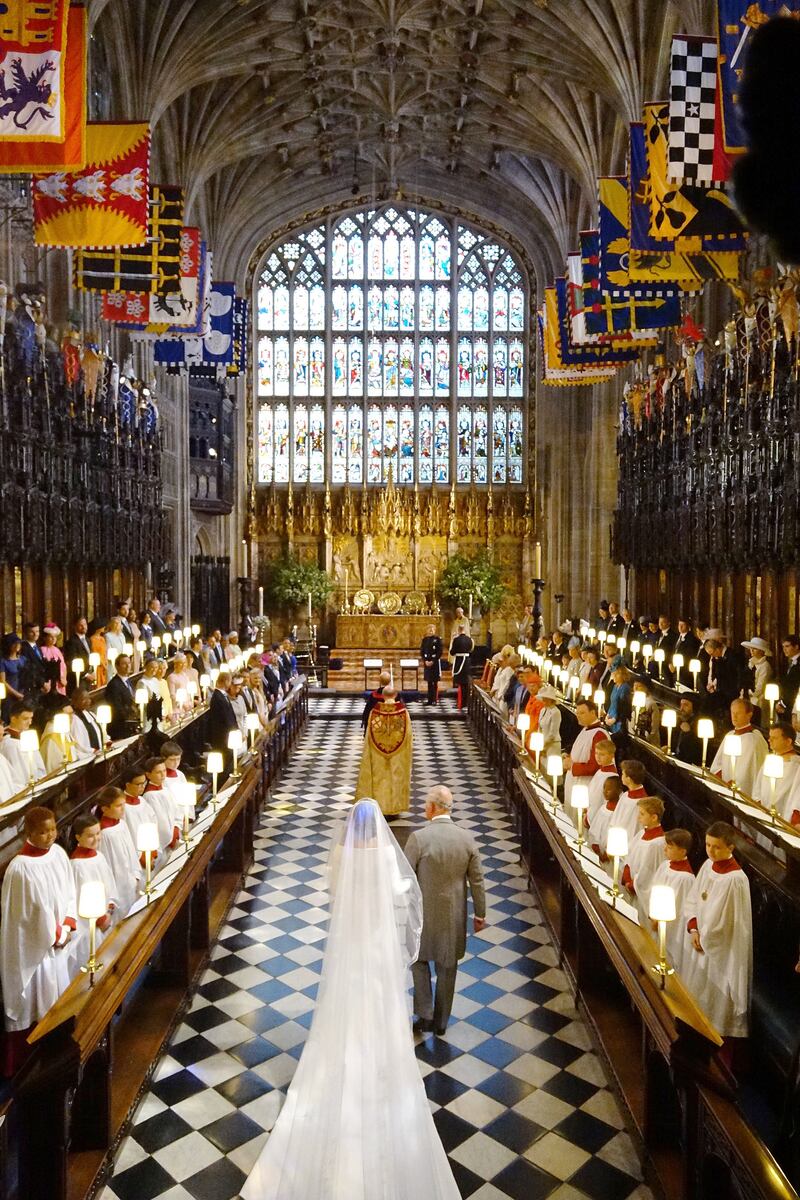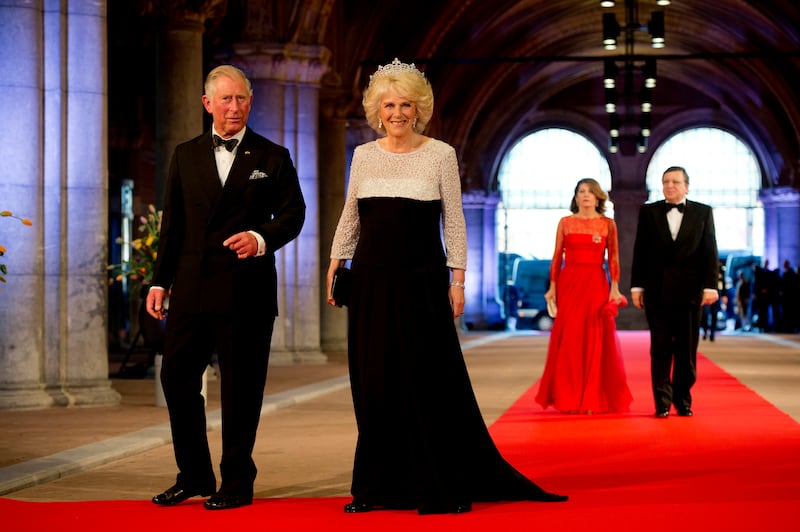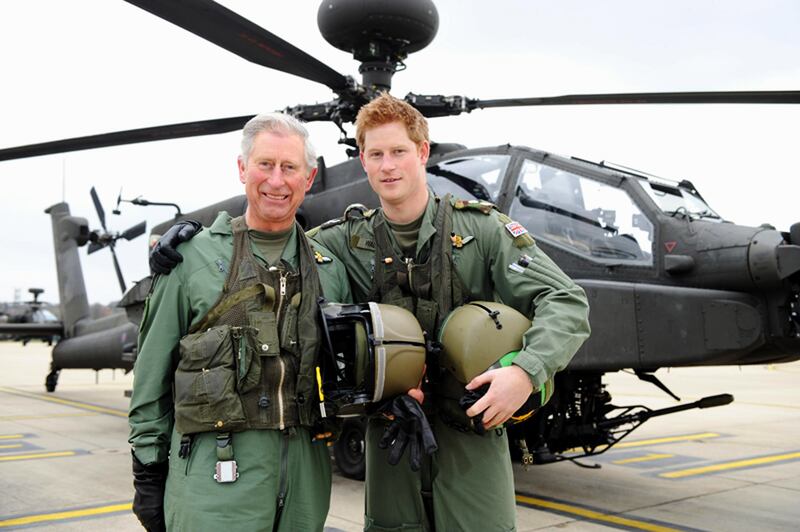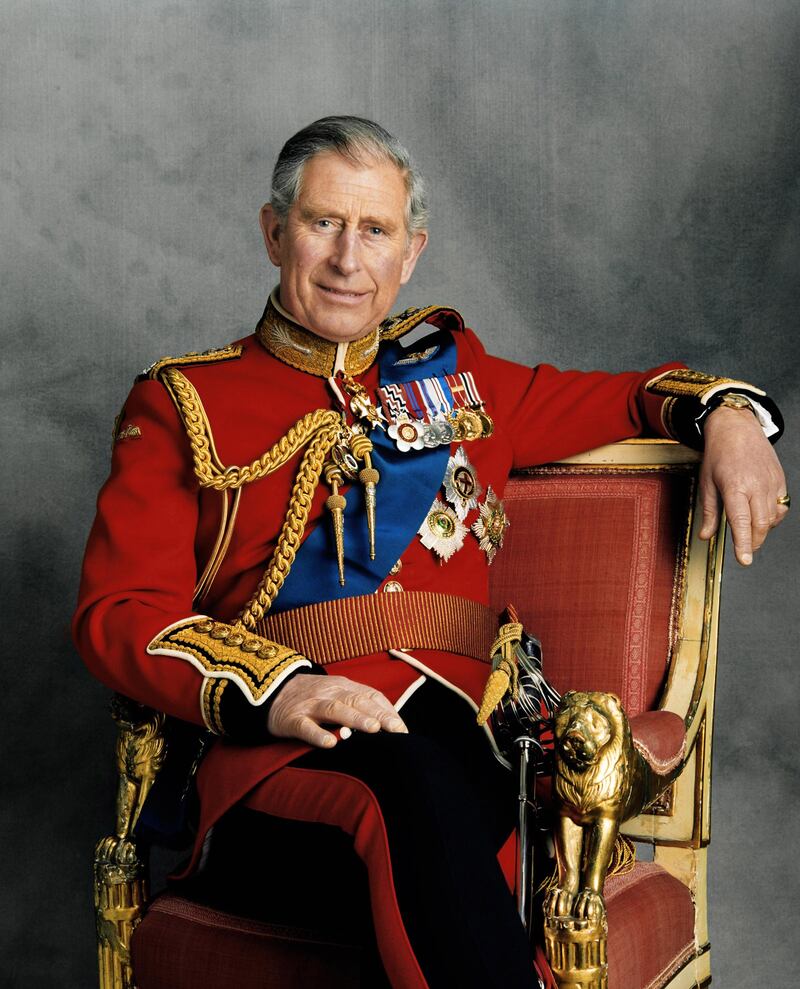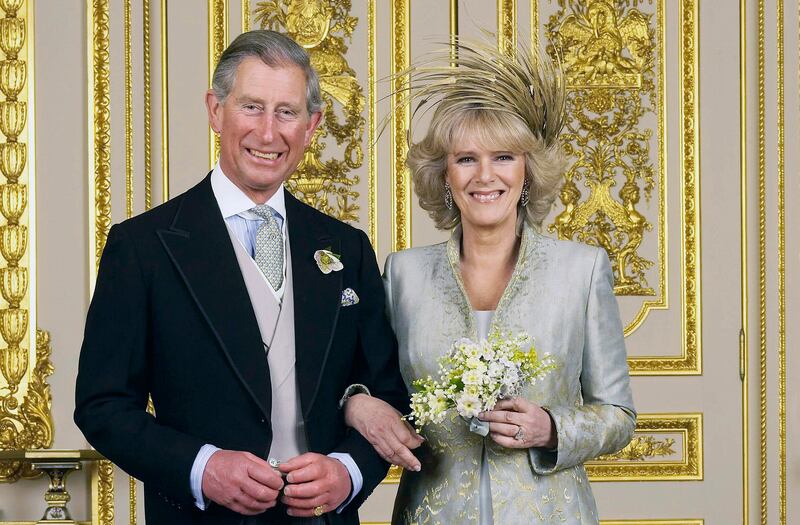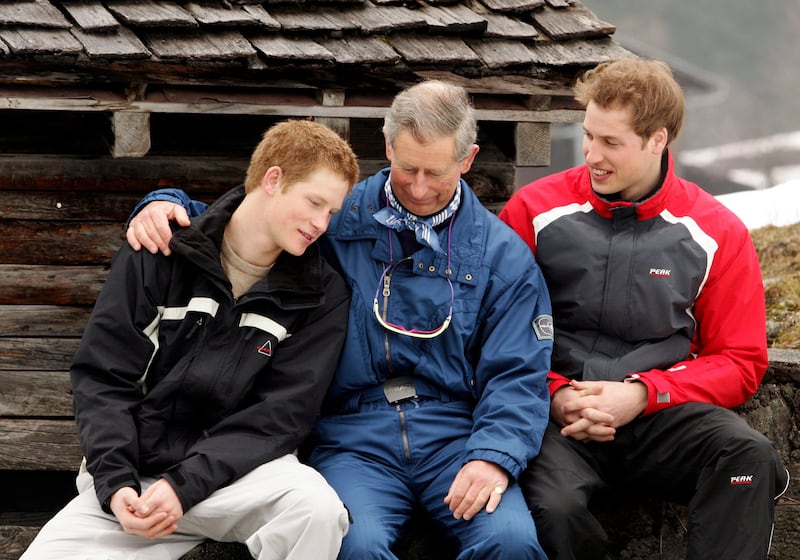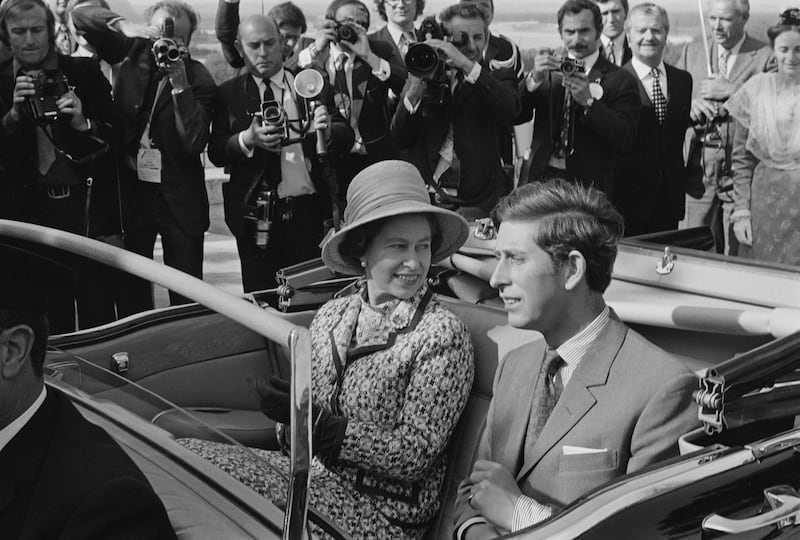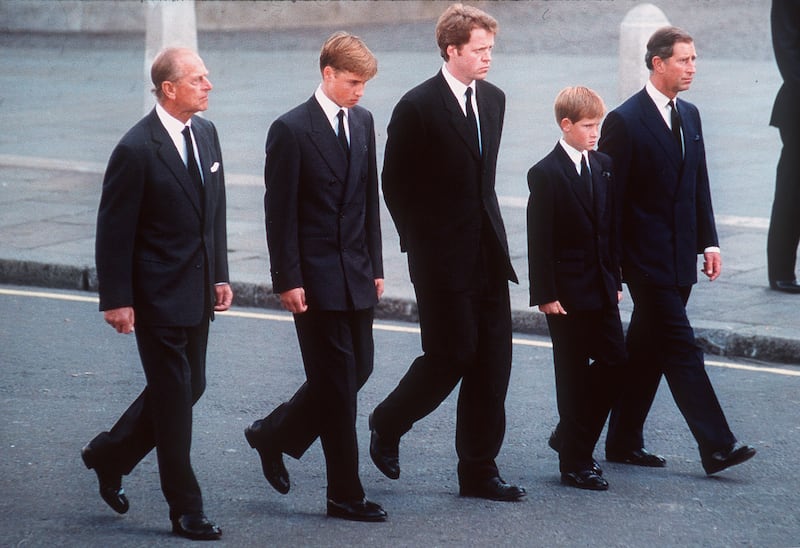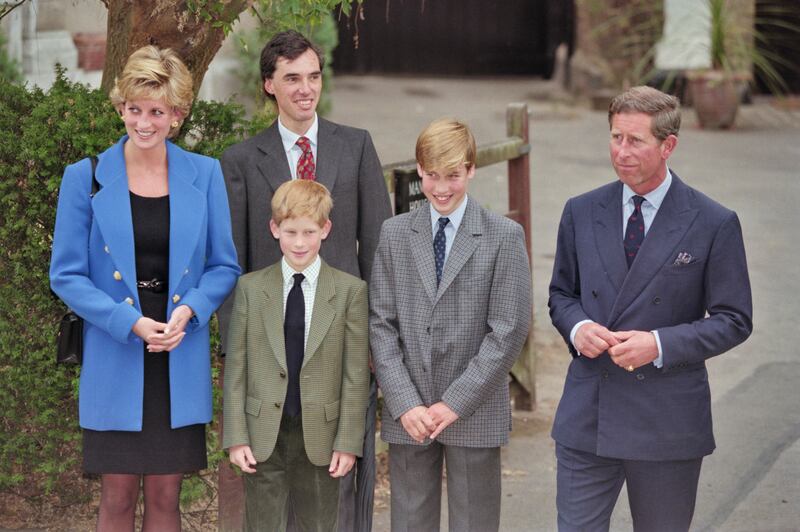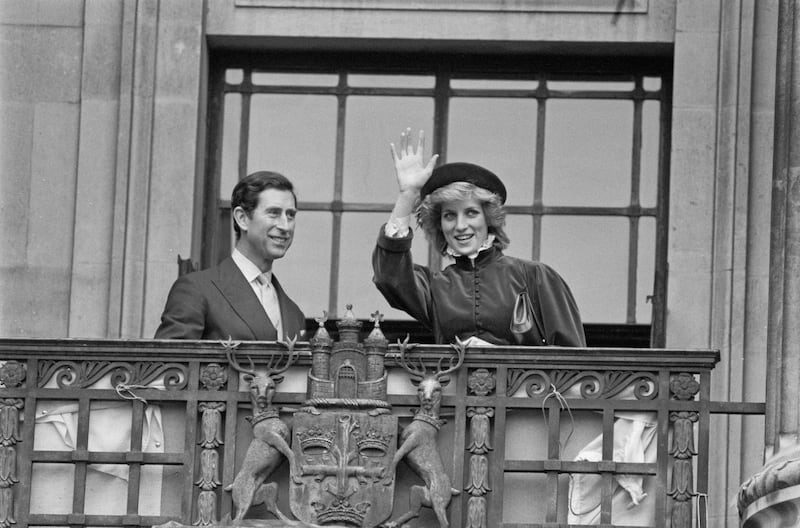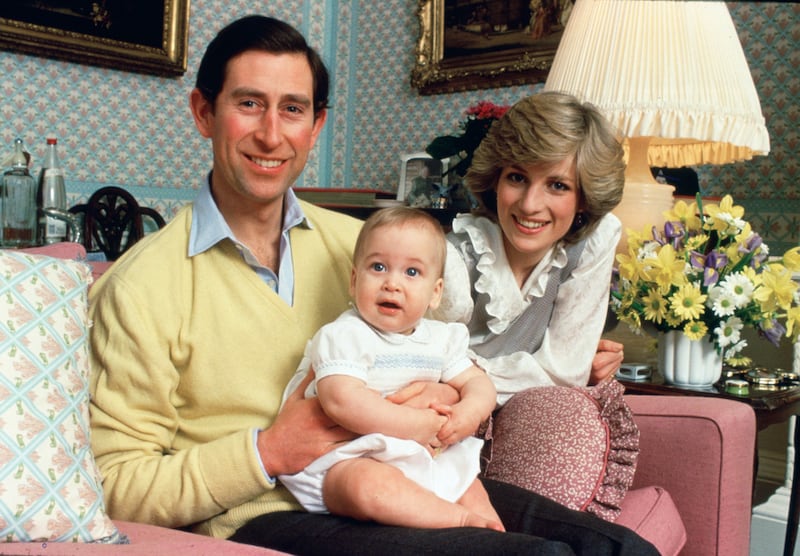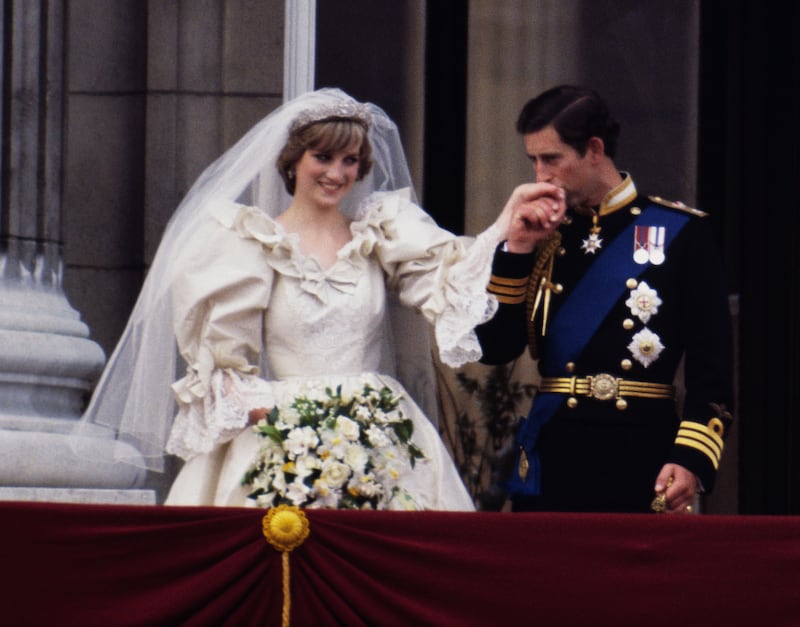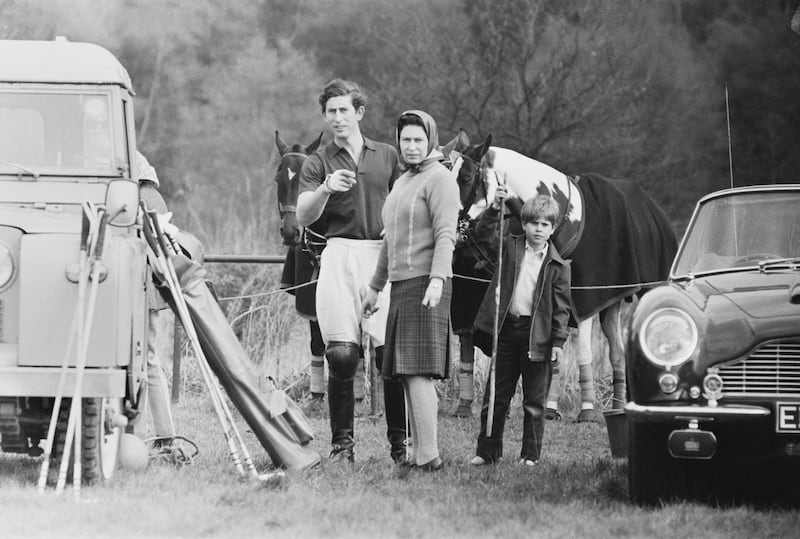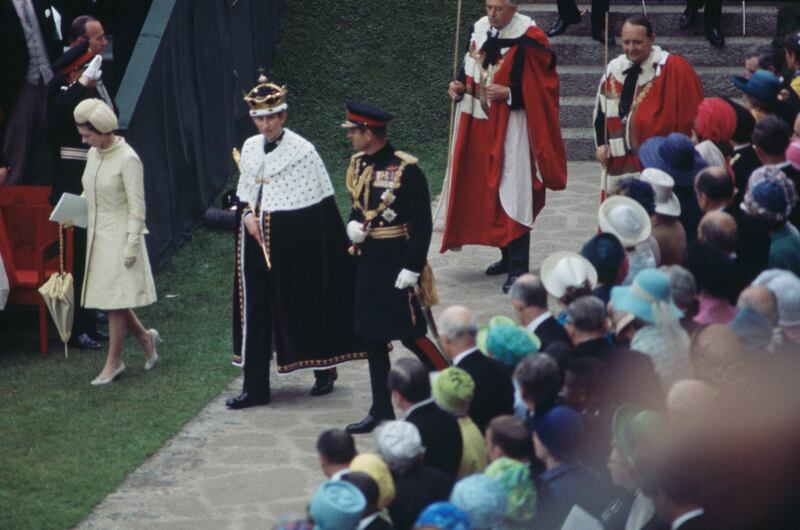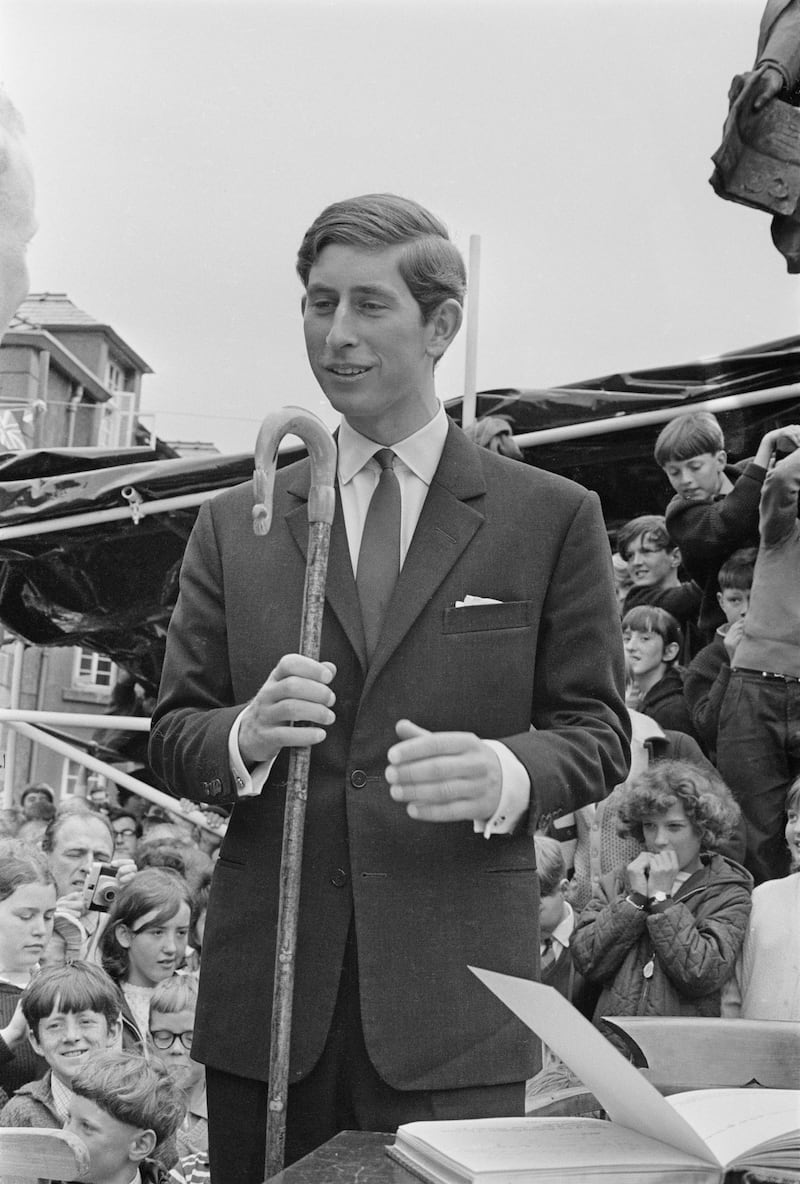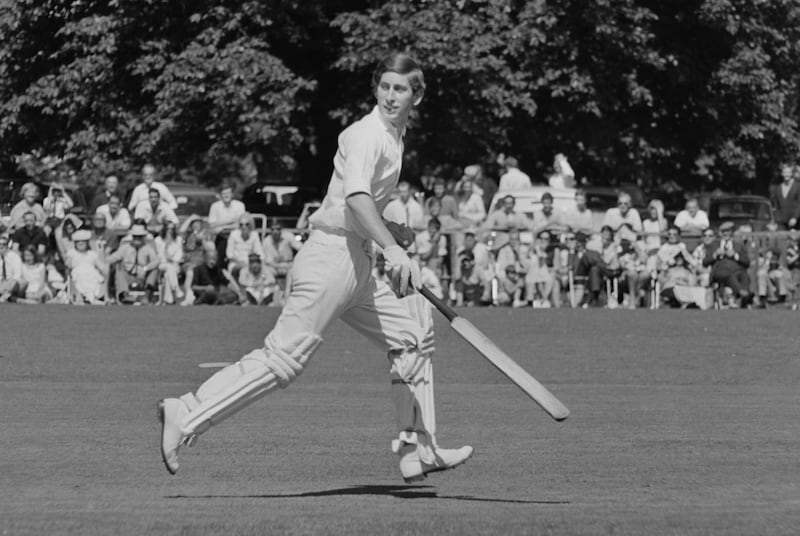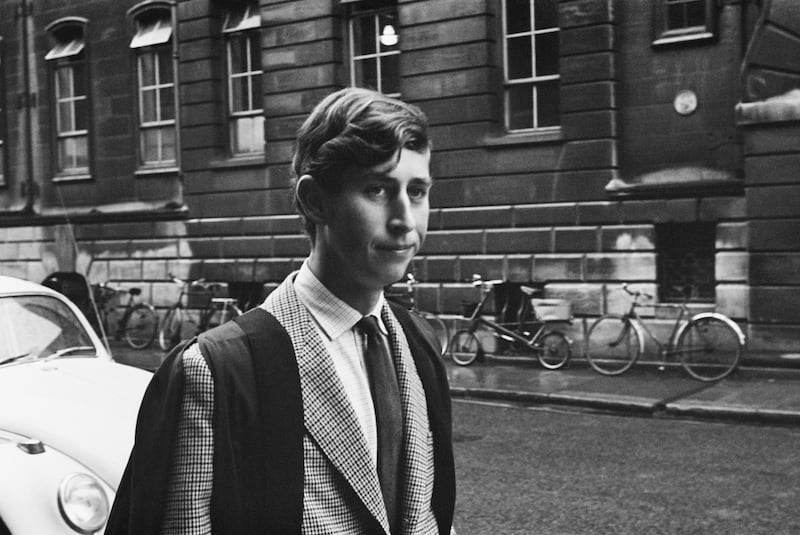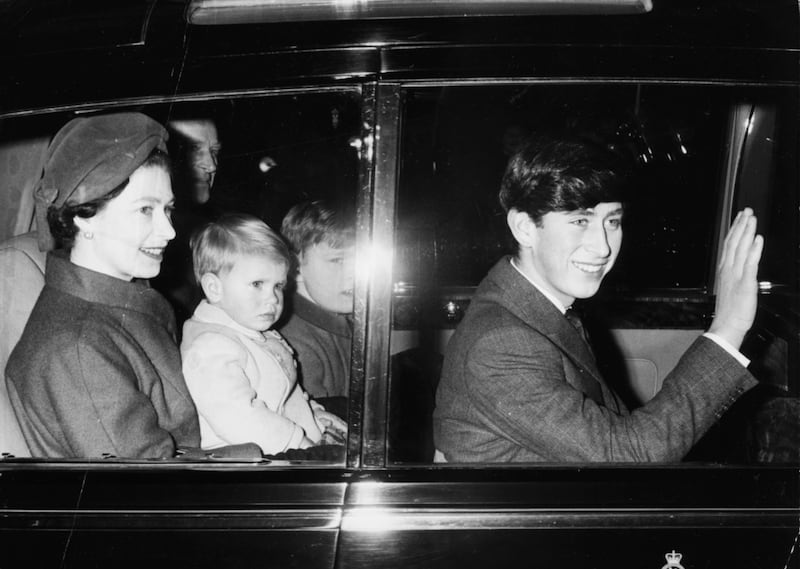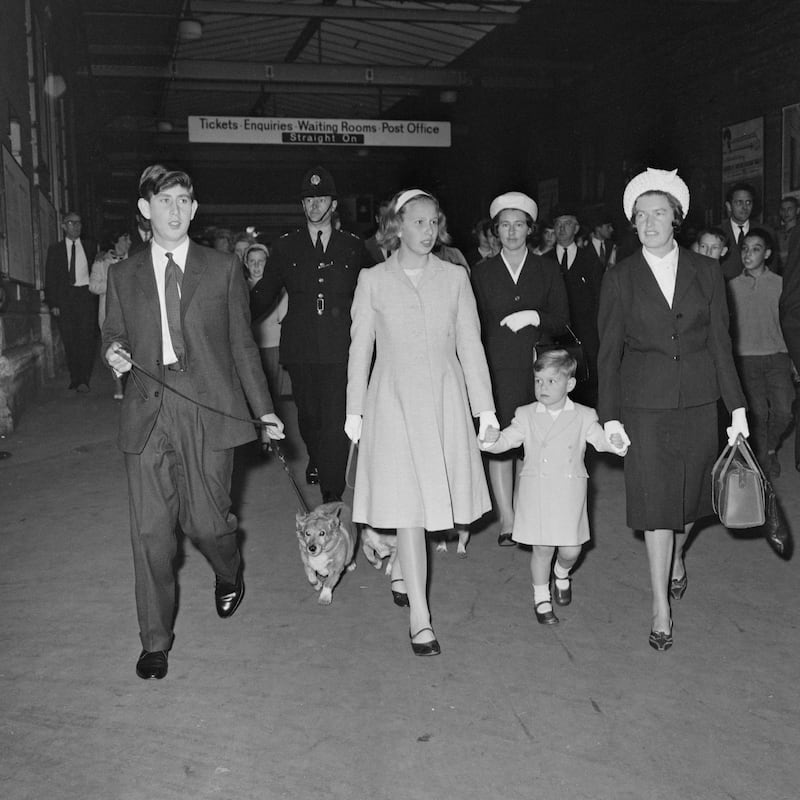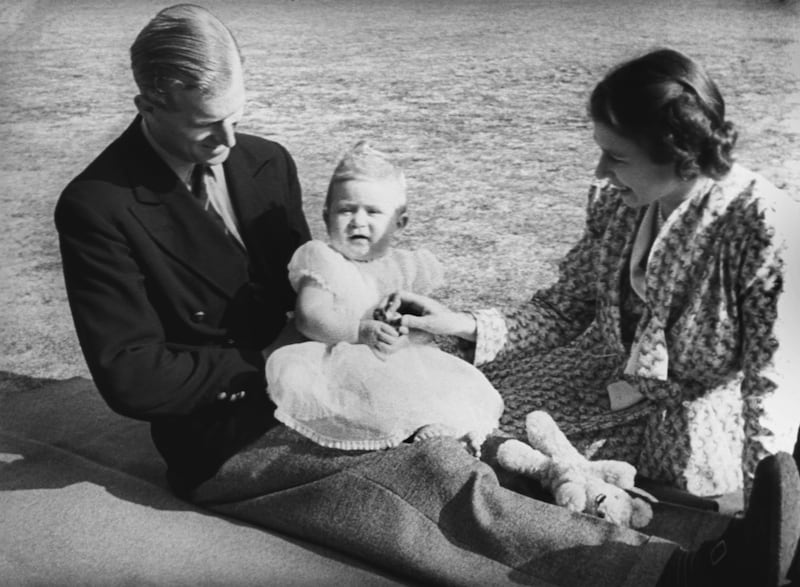Britain’s King Charles III, who marks a year since his coronation on Monday, has seen his reign blown off course by illness but aims to get it back on track to establish a renewed bond with the public.
His disclosure in February that he had been diagnosed with cancer, followed by a similar palace announcement in March that his daughter-in-law Kate, the Princess of Wales, had begun cancer treatment, has shaken the 1,200 year-old monarchy, which serves not only the UK but also 14 other overseas realms including Australia, New Zealand, and Canada.
Faced with the tough task of following his mother Queen Elizabeth II after her unprecedented 70 years on the throne, Charles's reign got off to a strong start with a much smoother transition than many of his countrymen expected.
But his and Kate’s enforced absence from public duties – initially while they recovered from a prostate procedure and abdominal surgery respectively and then later began cancer treatment – has left a vacuum in the normal work of the monarchy and prompted concerns about the future.
Both royals have won plaudits for being open about their treatment but there are significant unanswered questions over the specific type of cancers they have and their prospects of a full recovery.
For the British, who have largely remained supportive of the king and his family according to opinion polls, there was the reassuring sight last Tuesday of Charles, 75, returning to public-facing duties with a visit to a cancer treatment centre in London.
Buckingham Palace officials have said he hopes to step up his public appearances in May and June, the busiest months in the royal calendar, but that will be subject to advice from doctors, who are increasingly positive about his prognosis.
Royal biographer Ingrid Seward, whose latest book, My Mother and I, about the relationship between Charles and the late Queen, has become a bestseller, believes the way he has handled his illness and shared his experiences with the public has won him sympathy and greater support.
“The common man can now relate to him much more than he did before,” she said, while acknowledging: “He does look very pale and tired, with red eyes.”
Holding hands with other cancer patients and talking frankly about the emotional strains of his diagnosis, Charles displayed his vulnerability during the visit on Tuesday. He told one patient: “It’s always a bit of a shock, isn’t it, when they tell you.”
Sally Bedell Smith, an American royal biographer, agrees it has improved his standing. “If he is able to make his way through this treatment and have a normal life, which is the case for a lot of people these days, I think it will enhance his popularity,” she said.

Charles spent half a century using his position to speak out about controversial subjects such as climate change, architecture, education, complementary medicine, youth unemployment and other issues in a break with his mother’s much more traditional ribbon-cutting approach to monarchy.
“She was not an advocate in the way that Charles was for all those years as Prince of Wales,” Bedell Smith said. “He wanted to save the world and he found ways of raising his voice.”
Since becoming king, however, he has bitten his tongue and toned it all down, while still using his convening powers to bring together policymakers working to limit climate change and other challenges.
Charles has not abandoned activism entirely. He has encouraged interfaith understanding at home and in the Middle East. He has also made it a cornerstone of his reign to help to heal divisions over the legacy of slavery and Britain’s colonial past. He has commissioned research into his royal ancestors’ involvement in the slave trade going back to Elizabeth I in the 16th century.

In Kenya on his first state visit to a Commonwealth country as King in October last year, he expressed his sorrow and regret over Britain’s execution, torture and maiming of up to 90,000 Kenyans suspected of supporting the Mau Mau independence rebellion between 1952 and 1960.
“The wrongdoings of the past are a cause of the greatest sorrow and the deepest regret,” he said. “In coming back to Kenya, it matters greatly to me that I should deepen my own understanding of these wrongs, and that I meet some of those whose lives and communities were so grievously affected.”
Back home he marked his 75th birthday and coronation year by launching a project to use surplus food in the supply chain to help 13 million people in the UK struggling to feed themselves.
King Charles III's coronation: Incredible images from a historic day – in pictures
The big question he and his advisers face, like other constitutional monarchies across Western Europe, is how to move with the times and remain relevant to younger generations while acting as a force for national unity and continuity.
His elder son and heir, Prince William, who like the King has been absent from the public stage for much of the year while he tends to his sick wife and their three children, has previously faced criticism of his work ethic.
Scarred by his own troubled childhood, his often-absent parents’ divorce, and his mother’s untimely death in a 1997 Paris car crash, William, 41, vowed to put his wife and children first long before her health problems.
The heir to the throne also argues that his family will have to change the way they operate as Britain’s constitutional monarchy, like those in the rest of Europe, eventually slims down to perhaps four or five taxpayer-funded working royals from the current 11. The Windsors are already down from 15 a few years ago.
“There aren’t enough people to be able to support the number of charities that they used to support,” Seward said, as the King was completing a review last week of 1,000 royal patronages, jettisoning some and taking on others held by his late mother.
King Charles III through the years – in pictures
William and Kate, 42, have focused instead on trying to change Britain and the world for the better through a small number of causes and charities supported by their Royal Foundation.
She campaigns for better support for children in the first five years of life, arguing many adult social problems including addiction, crime, and family breakdown stem from trauma in those early years.
He wants to end homelessness in the UK and use his £50 million Earthshot Prize to bring innovators, private investors and governments together to solve the world’s biggest environmental problems.
“The thing that ties it all together for me is about social leadership,” William told British newspaper reporters in a pooled interview in Singapore in November.
The future king said his family had long helped to throw the spotlight on issues but he added: “I want to go a step further. I want to actually bring change and I want to bring people to the table who can do the change if I can’t do it.”
He explained the focus on fewer more intense, campaigning engagements. “You have to remain focused, if you spread yourself too thin you just can’t manage it and you won’t deliver the impact or the change that you really want to happen,” he said.
Robert Lacey, the historian and biographer who has chronicled the House of Windsor since the 1970s, sees the value of the more intense campaigning style. He pointed to William’s decision to sleep rough on the streets of London to gain a better understanding of homelessness when he was 27, in December 2009.
“There’s never been a king or queen in more than 1,000 years of the British monarchy who has ever reached out to people in that way,” he said. “That’s worth 80 patronages.”
It remains to be seen when Kate will return to work and how this year of illness in the British royal family will play out, but the health crisis has perhaps given everyone a glimpse of a future with fewer working royals getting more bang for the buck from a smaller number of public appearances.

